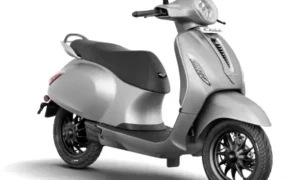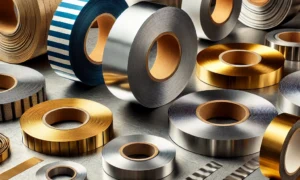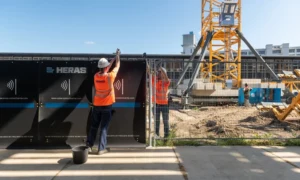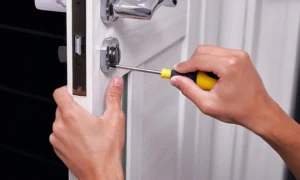In the dynamic landscape of manufacturing, where precision and efficiency are paramount, the integration of robotics automation solutions has emerged as a transformative force. This paradigm shift is not merely about replacing human labor with machines; it’s about optimizing processes, enhancing quality, and unlocking new realms of productivity. Let’s delve into the profound impact that robotics automation solutions are having on manufacturing efficiency.
The Rise of Robotics in Manufacturing:
The advent of robotics in manufacturing is akin to the introduction of electricity in the Industrial Revolution. Robotics automation solutions encompass a spectrum of technologies, from robotic arms and drones to autonomous vehicles. These technologies are not confined to assembly lines; they permeate every facet of manufacturing, revolutionizing how products are conceptualized, fabricated, and delivered.
1. Precision and Consistency:
One of the most significant contributions of robotics to manufacturing is the unparalleled precision and consistency they offer. Unlike human workers, robots do not succumb to fatigue, ensuring that each task is executed with the same level of accuracy, regardless of the duration of operation. This consistency translates to a drastic reduction in errors and an exponential improvement in product quality.
2. Increased Productivity:
Time is a critical factor in manufacturing, and robotics excel in time-sensitive tasks. Automation solutions significantly reduce cycle times, allowing for faster production rates without compromising on quality. This increase in productivity not only meets the growing demands of the market but also positions manufacturers to explore just-in-time production models, minimizing inventory costs.
3. Cost Efficiency:
Contrary to common misconceptions, the integration of robotics is not solely about increased costs. While the initial investment can be substantial, the long-term benefits far outweigh the expenses. Robotics automation solutions lead to reduced operational costs through lower error rates, decreased downtime, and optimized energy consumption. Over time, this results in a substantial return on investment (ROI).
4. Flexibility and Adaptability:
Manufacturing landscapes are evolving rapidly, with product customization becoming the norm. Robotics automation solutions offer unparalleled flexibility and adaptability, allowing manufacturers to reprogram and reconfigure robotic systems to meet changing production requirements. This versatility ensures that manufacturers can swiftly adapt to market trends and shifts in consumer preferences.
5. Enhanced Safety:
Certain manufacturing tasks are inherently hazardous, exposing human workers to risks. Robotics automation solutions are designed to handle these dangerous tasks, mitigating the risk of workplace accidents. By automating high-risk activities, manufacturers not only prioritize the safety of their workforce but also reduce the potential legal and financial repercussions associated with workplace injuries.
6. Data-Driven Decision Making:
The integration of robotics in manufacturing brings about a wealth of data. Every movement and operation of a robotic system generates valuable data points. Manufacturers can harness this data to gain insights into operational efficiency, identify bottlenecks, and optimize processes. The shift towards data-driven decision-making empowers manufacturers to make informed choices that positively impact overall efficiency.
7. Skill Enhancement and Workforce Evolution:
The introduction of robotics in manufacturing does not replace the human workforce; it elevates their roles. Automation allows human workers to focus on tasks that require creativity, critical thinking, and problem-solving—areas where machines currently fall short. This evolution of the workforce leads to upskilling, creating a symbiotic relationship between human workers and robotic counterparts.
Conclusion:
The benefits of robotics automation in manufacturing are not a distant promise; they are a present reality reshaping industries. From precision engineering to data-driven decision-making, the integration of robotics is a testament to the relentless pursuit of efficiency and excellence. While challenges such as initial costs and workforce adaptation persist, the long-term advantages herald a new era where manufacturing is not just about production but about the orchestration of a harmonious dance between human intellect and machine precision. As the march of automation continues, it is clear that the impact of robotics on manufacturing efficiency is not just a chapter in history—it is an ongoing saga of innovation, evolution, and the relentless pursuit of progress.








































